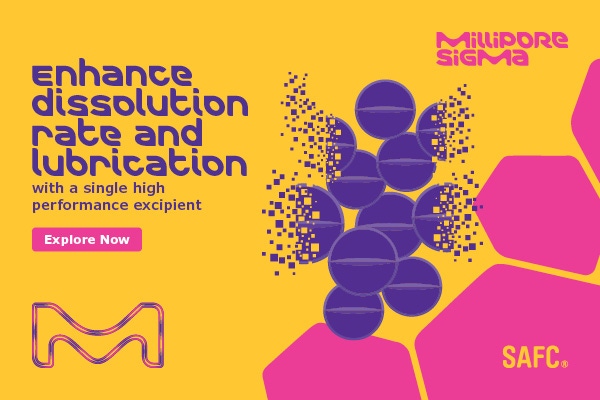Voices of Biotech
Podcast: MilliporeSigma says education vital to creating unbreakable chain for sustainability
MilliporeSigma discusses the importance of people, education, and the benefits of embracing discomfort to bolster sustainability efforts.
May 12, 2022

Sponsored Content
While oral administration remains the most popular route for drug delivery, many of the active pharmaceutical ingredients (APIs) in use and development today exhibit low bioavailability, owing to low solubility which leads to a lower passage through the intestinal membrane, a key step to enter the systemic circulation. As such, formulators have developed a toolkit of enabling formulation techniques to increase bioavailability, including solid-state modification, formulation with lipids, salt formation with meglumine and complexation with cyclodextrins. However, the high degree of complexity of these approaches, as well as the resources needed to develop them, has created a need to develop alternative approaches to optimize absorption across the intestinal membrane by enhancing the dissolution rat of APIs.
This new white paper explores the concepts of solubility and dissolution rate and how the Biopharmaceutical Classification System (BCS) and the recently introduced Developability Classification System (DCS) can define the true route course of a solubility issue. Thereby APIs which belong to the DCS Class II are divided into two subclasses (DCS IIa and DCS IIb), on the basis of their solubility and permeability, helping developers to establish a more granular understanding of the underlying causes of solubility limitations and guide an optimal formulation strategy for a given API. For DCS Class IIa molecules, which have low solubility but high permeability, are limited by the dissolution rate rather than by their fundamental solubility itself. Poloxamer excipients present a simple and powerful formulation approach that can enhance dissolution rate and hence bioavailability while minimizing resource requirements.
You May Also Like